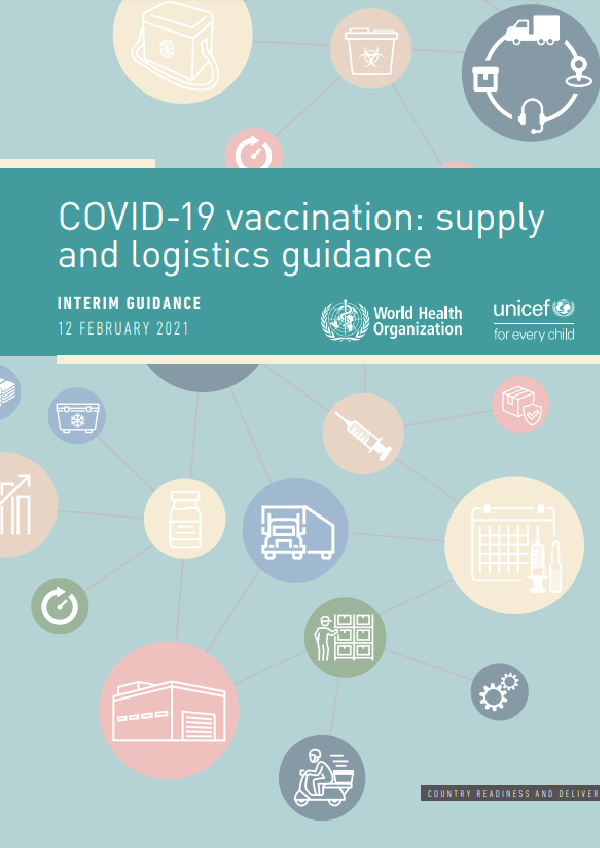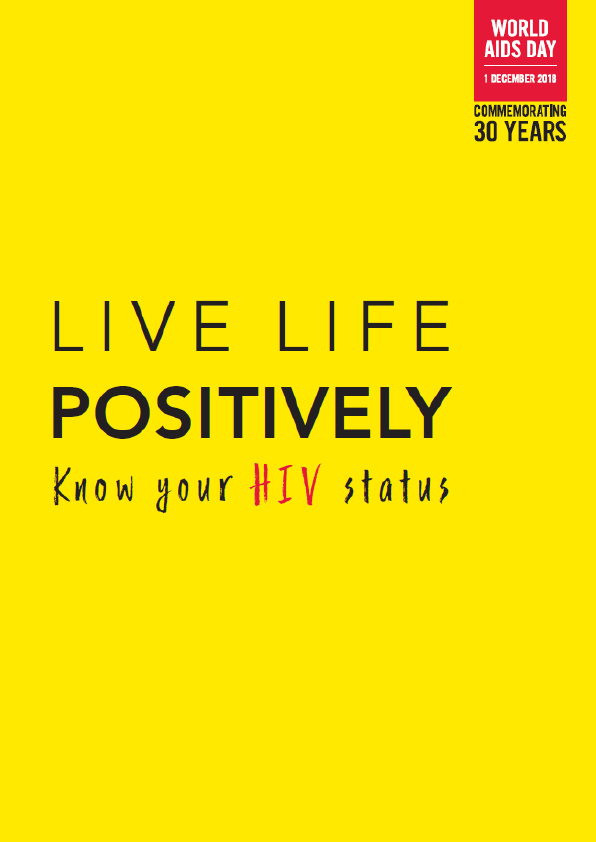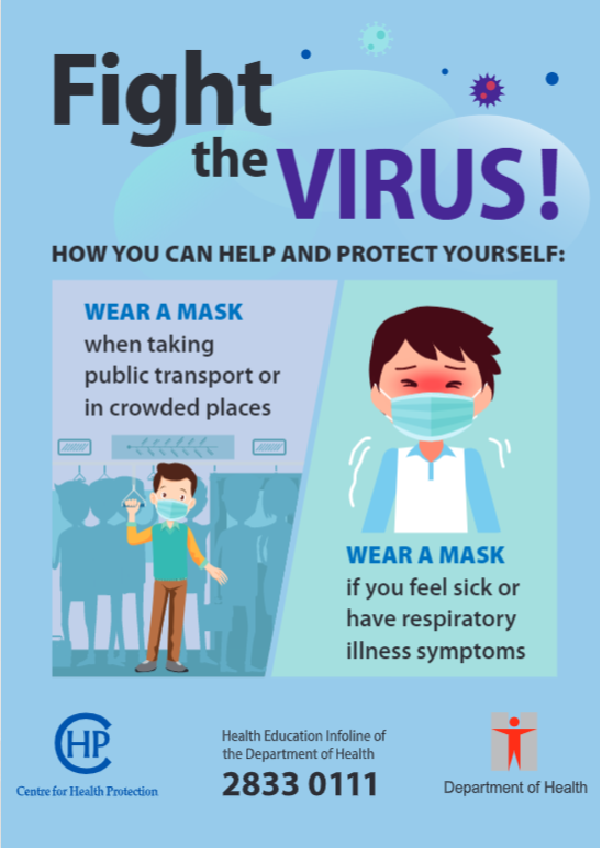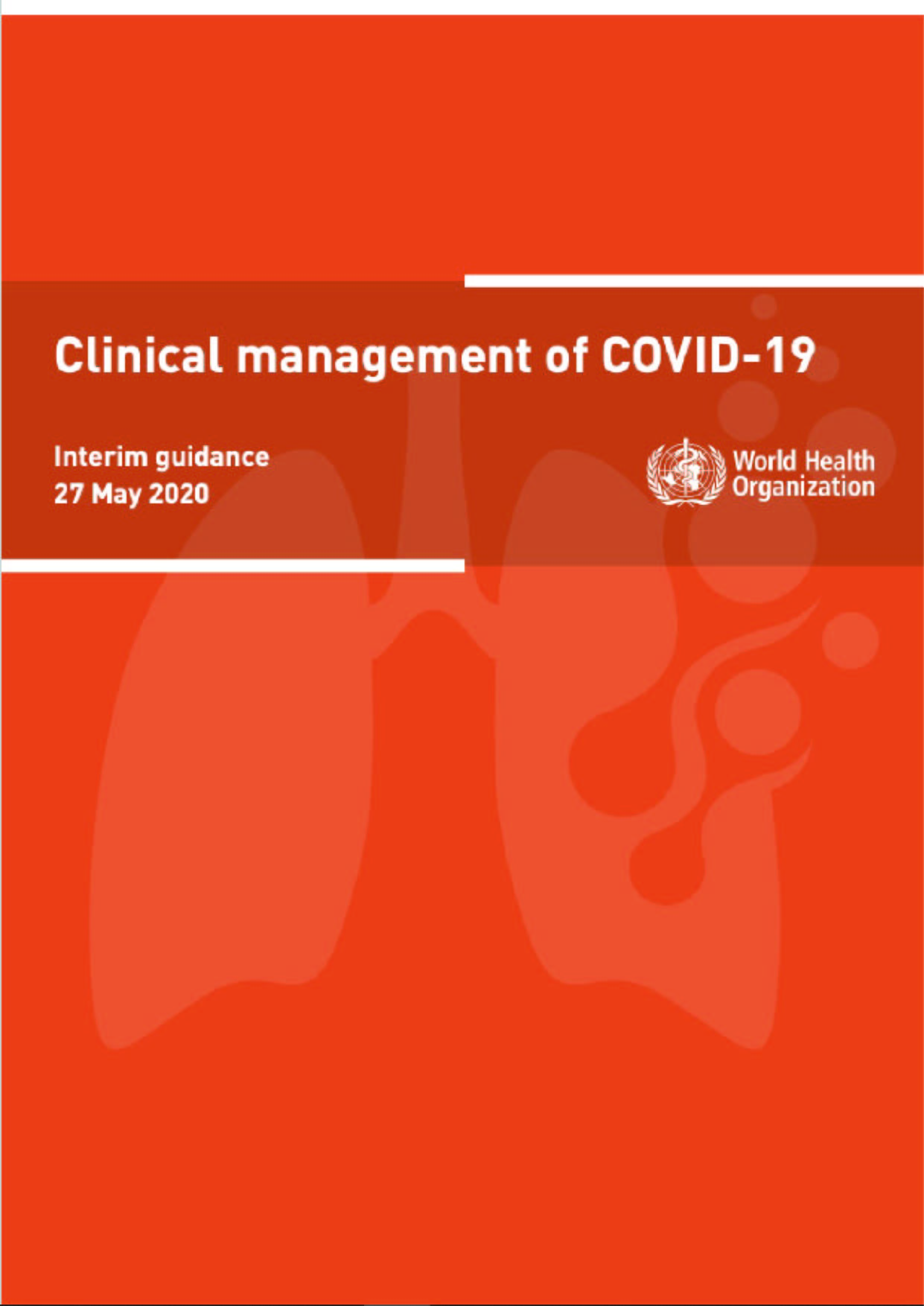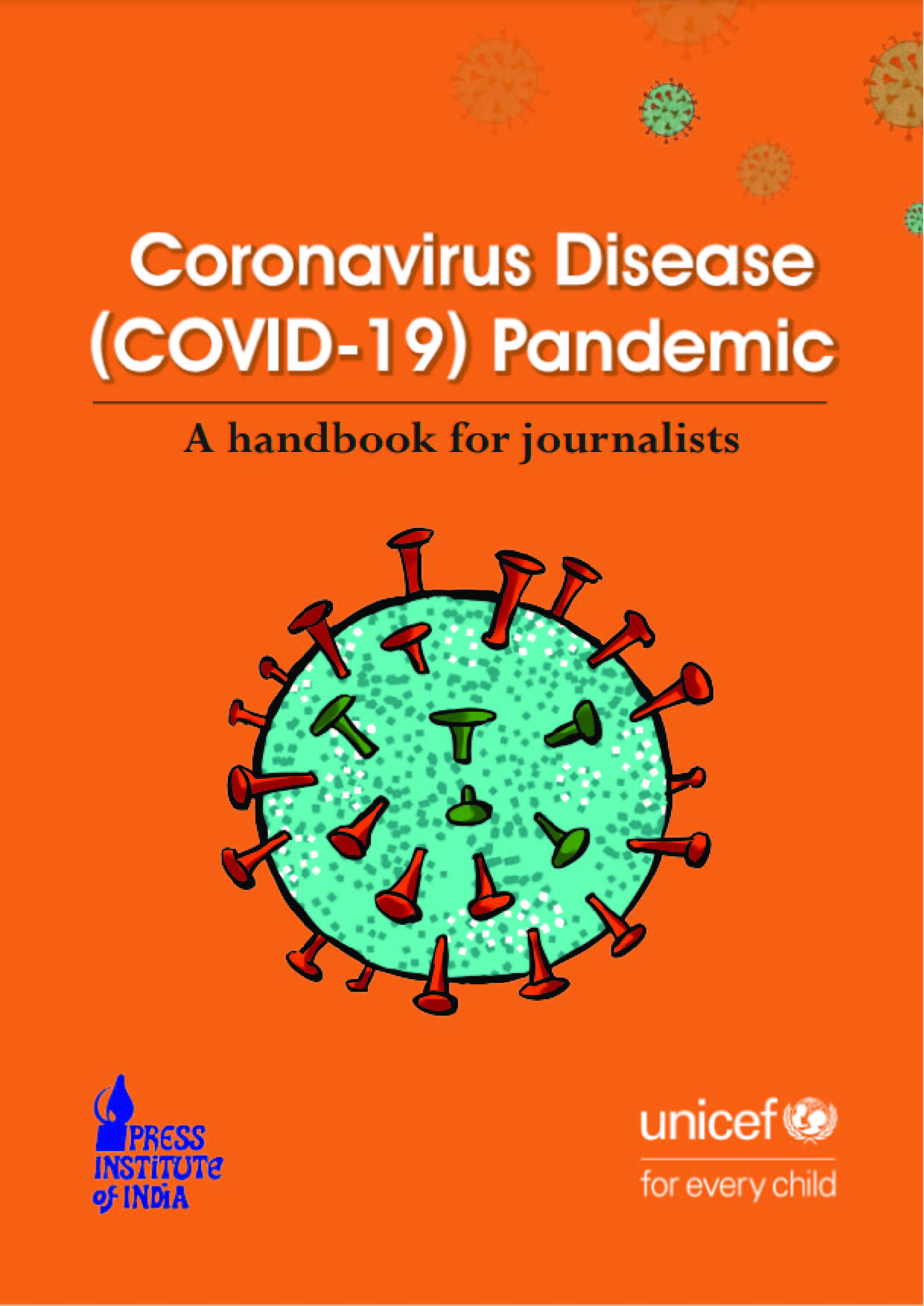The COVID-19 pandemic is causing unprecedented human and economic costs in all countries and societies across the world. Collectively, the availability of safe and effective vaccines against the virus, specialized diagnostics technologies, and therapeutics, as well as adherence to public health and social measures, and prevention of new zoonotic introductions, are instrumental in saving further lives.
The vaccine pillar of the Access to COVID-19 Tools Accelerator (COVAX) Facility aims to accelerate equitable access to appropriate, safe, and efficacious vaccines for all countries.
As of January 2021, over 200 novel coronavirus vaccine candidates are under development, of which 64 are in clinical trials. The London School of Hygiene & Tropical Medicine has developed an interactive tool1 that tracks the progress of the candidate vaccines in real-time. It is recommended to access it regularly to verify the status of the vaccines’ development progress, profiles, and potential controlled temperature chain (CTC).
Given the pandemic context, the vaccines may not be prequalified during their initial periods of use; they will be released under World Health Organization (WHO) Emergency Use Listing (EUL) procedures. The EUL process was developed by WHO to expedite the availability and use of unlicensed medical products needed in public health emergency situations.
In this context, it is possible that some vaccine profile characteristics will not be established by the time they are labeled for use. For example, the expiry date and vaccine vial monitor (VVM) category may not be established. Consequently, strict supply, distribution, logistics, and management procedures, and practices must be applied throughout the vaccination deployment.
The minimum label information (shown below) and package insert in six United Nations (UN) languages are under consideration. The label may include a manufacturing date rather than an expiry date and the expiry date could be updated through real-time stability data accessible via a barcode that would direct users to a website. This characteristic represents new requirements of vaccine management activities that need to be handled appropriately in the field.
The goal of the COVAX allocation framework for vaccines is to protect public health and minimize the societal and economic impact by reducing COVID-19 mortality. The priority target groups are identified as:
Health workers in health and social care: It is projected that countries will receive initial doses to vaccinate 3% of their population to cover health workers involved in health and social care in most countries. The International Labour Organization estimates that 234 million health and social care workers make up 3% of the general population, for whom the first tranche of vaccines can be allocated.
Older adults (over 65 years old), adults with comorbidities and others, based on local relevant risk factors: It is projected that countries will receive additional doses to cover a total of 20% of their population (in tranches).
Additional populations: If countries purchase or receive additional doses over their 20% population threshold, they could decide to prioritize other at-risk populations.
Purpose of this guidance
The purpose of this document is to provide guidance for countries to:
- develop and strengthen supply chain strategies to receive, store, distribute and manage COVID-19 vaccines and their ancillary products;
- distribute COVID-19 vaccines from port of entry up to the most remote vaccination sites;
- ensure the quality, efficacy, proper tracking, reporting of vaccine utilization and safety of COVID-19 vaccines throughout the supply chain;
- assess, design and implement appropriate waste management mechanisms to safely treat and dispose waste while protecting the environment and populations;
- strengthen appropriate cold chain and logistics requirements, including reverse logistics; and provide tools to support country readiness activities.
